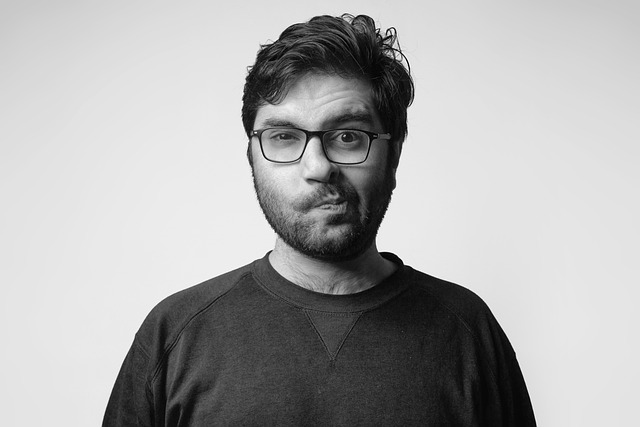How do I know if I’m doing the right therapy? Should I be learning a different model? Everyone in the Facebook groups do so many different things, I feel inadequate or like I’m falling behind.
These are the kinds of questions I field in supervision and mentoring regularly.
The real question underneath may be “Am I good enough compared to my peers?” but it’a also an understandable query.
Before the days of social media, you would not become aware of a new therapy technique until you received a flyer in the mail, went to a conference or a colleague mentioned it to you. Now, you are bombarded with information about therapy models, old, current and developing every day. You are also exposed to thousands of peers who use different models. Models selected based on their own client groups, preferences, and agency mandates.
Is it helpful? As much as I love new ideas, I do think a lot of the above creates overwhelm and contributes to toxic self-doubt.
My own journey with choosing to learn a new therapy model has been largely guided by hitting walls with clients or recognizing that the therapy I was using just didn’t work for one client. And when I say didn’t work, I mean it really didn’t work and made the client have abreactions or generally feel terrible about themselves.
Yes, I have gone and trained in something new just to help one client. And not just once.
I trained in EMDR because of one client who would freeze if we attempted the processing techniques of cognitive processing therapy. I learned structural dissociation theory when 6 years later, a client couldn’t tolerate either EMDR, schema therapy’s imagery rescripting or chairwork. I learned ACT because so many clients struggled with feelings of invalidation with the cognitive restructuring techniques of CBT.
When listening to Jeff Young speak in a recent What’s the schemata podcast by Schematherapytraining.com, he shared that he developed schema therapy for clients with BPD after recognizing that cognitive therapy just didn’t work for these clients. He discussed how we learn to be better therapists when we come across clients for who our therapy is not working because it requires us to think outside of our usual parameters and find something that will work.
In my experience, these clients are my greatest teachers. I am a better therapist for meeting them. Yes, I have spent thousands of dollars on PD and many hours thinking about them, but they make me better. I credit a couple of clients for changing the course of my career and transforming me as a therapist.
Another pearl of wisdom from Jeff Young was to avoid the trap of trying to learn a therapy model by adapting it into what you already know. It is important to learn and deliver the therapy model as it is intended. For example, if you know CBT, it is tempting to train in schema therapy and then just add bits of schema therapy to your CBT conceptualization and intervention. Or, you may train in EMDR just to learn to desensitize trauma but do not learn the theory of adaptive information processing. Most important, Jeff Young stressed, was the importance of strong case formulation with a consistently applied therapy based on the formulation rather than applying techniques to a symptom-driven treatment plan. For more on the importance of case formulation click here.
Do you need to do what everyone else is doing? No.
Do you need to learn to help your clients? Yes.
WIll every model you look at stay with you? No.
I dabbled in sensorimotor therapy and DBT before realizing I just couldn’t deliver it in a convincing way. I no longer offer ACT because it didn’t work well with the trauma presentations I work with and my own dynamic style means using lengthy meditation scripts and metaphor exercises felt incongruent. Do I incorporate values and defusion into therapy sometimes? Yes. Have I used DBT’s grounding exercises and some of the sensorimotor exercises to stabilise people? Yes.
How do you know if the therapy model you are doing is the right one? Let your clients and what happens in the therapy room be your teacher.
I strongly recommend that when you learn a new therapy technique, that you engage a supervisor who is skilled in the theory and application of the model. This will help you learn and apply the model properly and avoid the trap of adding technique to your existing model. Using an eclectic or generalist supervisor will not be as effective.
Most of all – enjoy the journey.
Love what you read and want more insights from Nadene? Book a coaching consult here or join my mailing list to receive your free Self-doubt Busting Cheatsheet and get regular quality information and offers straight to your inbox.

